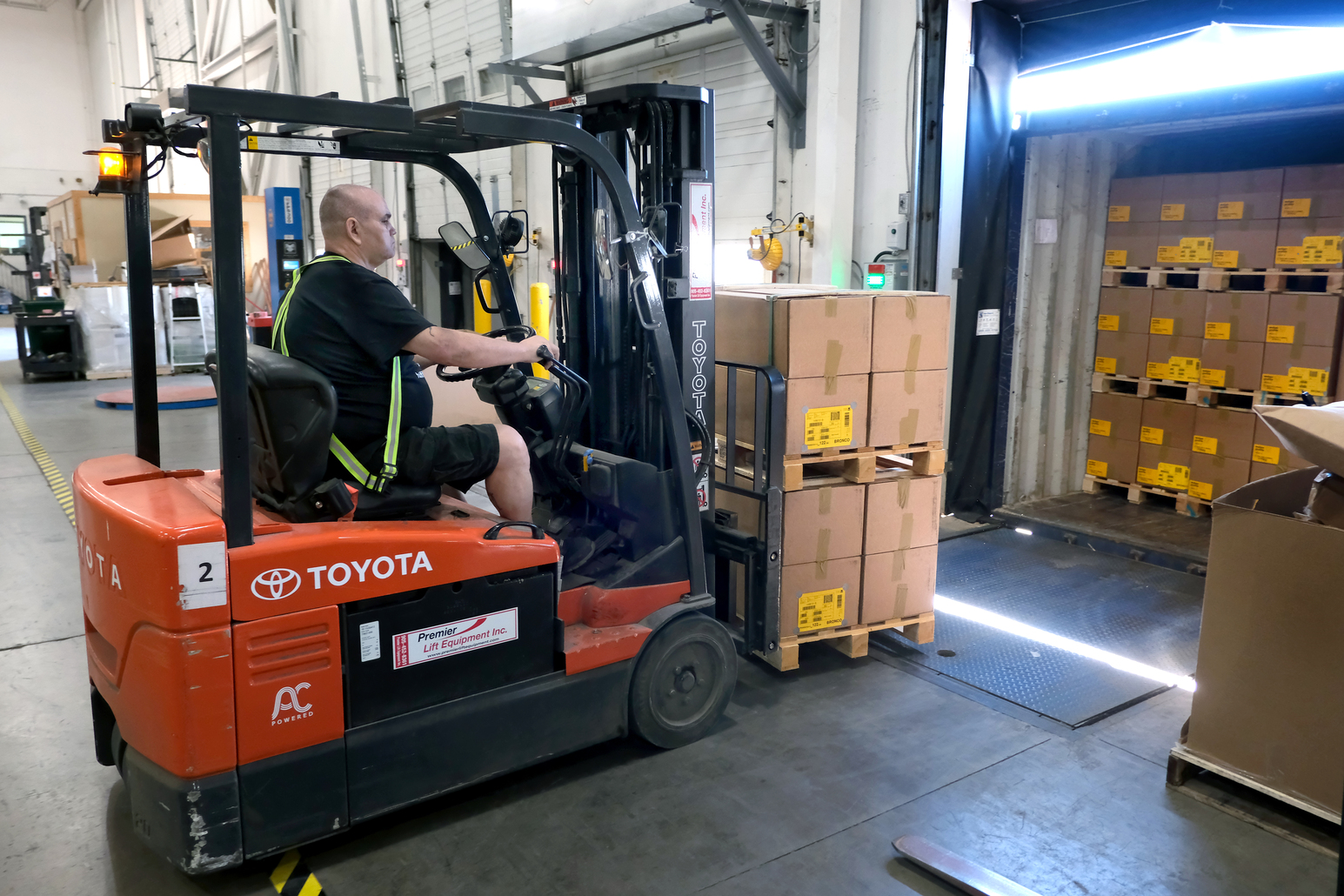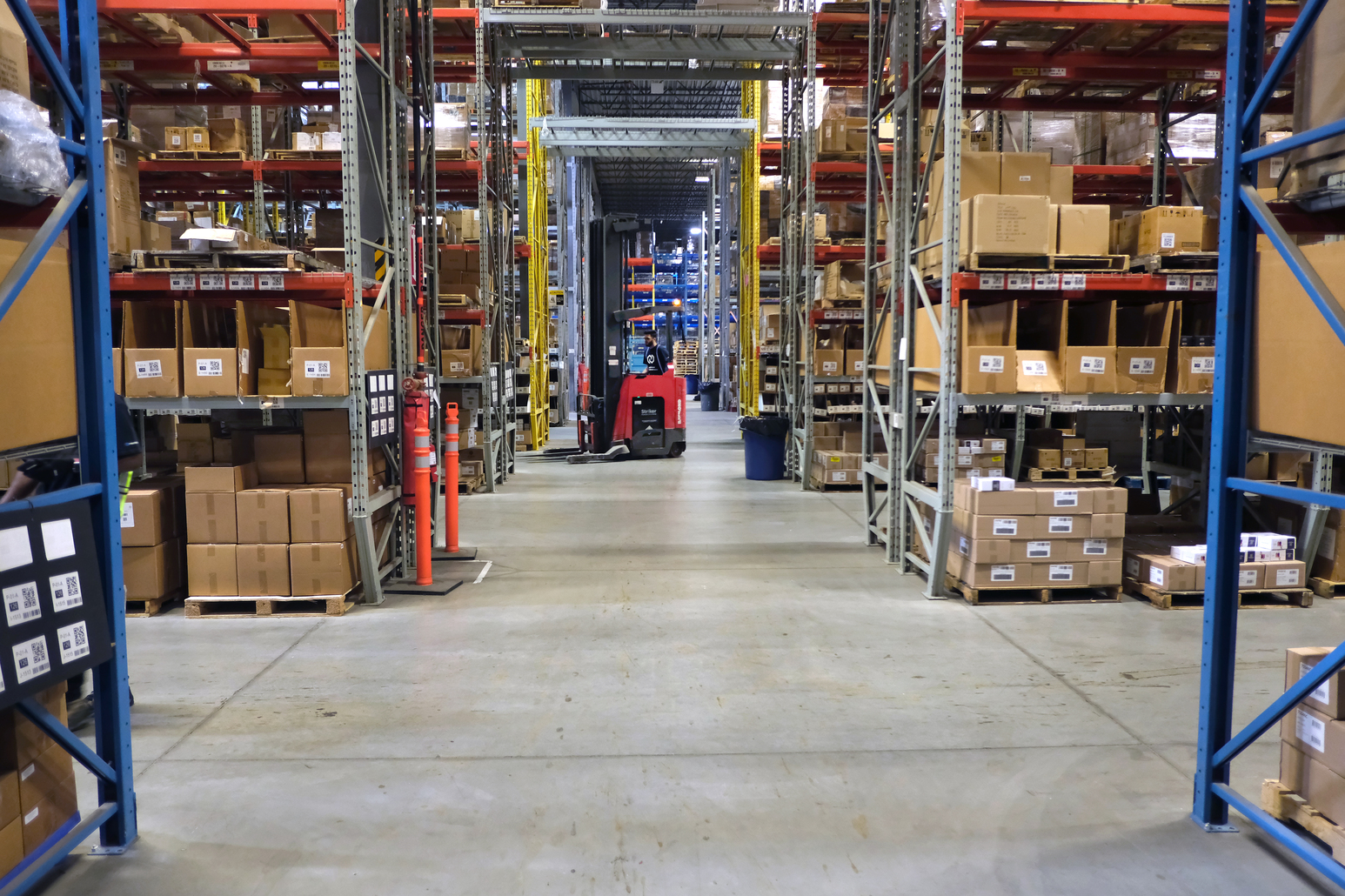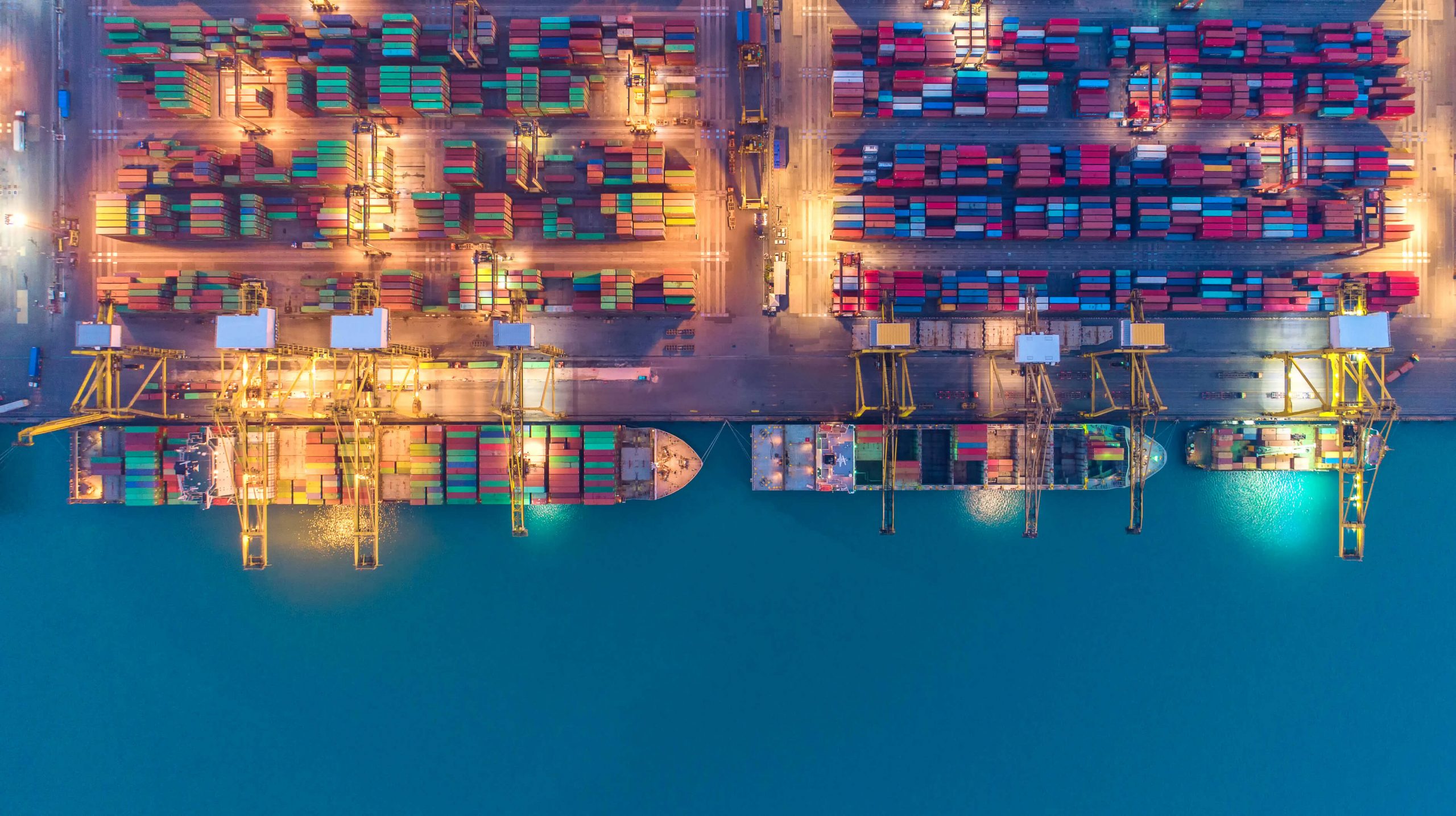At first look, it may seem unlikely that this joint transportation mode approach which we refer to as Sea-Air would be of benefit to most importers, but it turns out that there are many situations when shippers and importers are able to take advantage of this out-of-norm transportation tactic.
When shippers want a more cost effective option than air freight alone but a quicker one than ocean freight alone, this unlikely combination does the trick. Many business owners have been using this type of service to help them meet tight delivery deadlines and at the same time save significantly on shipping costs as well.
With this approach, the cargo is typically initially transported by ocean and later by air. This combination has its own advantages and limitations, some of which are listed below:
Main advantages of the Sea – Air Transport combination
Lower Cost
Air freight alone can be extremely expensive – at times prohibitively costly. Moving your goods part of the way via ocean to a port with a major air hub from which you can acquire preferred air freight rates, a shipper can experience significant savings versus undergoing the entire transit via air. In many case, one may be able to do so by adding only a few days of transit onto your trip allowing you to deliver on time, while saving upwards of 25% on your transportation costs.
Shorter Transit Time
Ocean freight alone can take too long – with this combined approach, the shipment reaches its final destination much faster than utilizing ocean only services. The combined method is especially effective on routes with longer ocean transit time. For example, transit time from Nhava Sheva, India to Toronto, Canada can be anywhere from 30 to 45 days. However by combining sea and air modes together, the transit time can be drastically reduced. Shipments from Mumbai, India can be transported using ocean service to Dubai with a usual transit time of about 4 days. From there, air freighting to Toronto would take a few days. All in all, the transit time with the combination approach could be reduced down to less than 9 or 10 days. Depending on the routing, this blended approach can also enable you to ship goods from Asia to Europe, the Americas, or Africa within 2-3 weeks.
Less need for warehousing
With quicker transit times, you may have less of a need for warehousing and keeping as much inventory locally, which means these costs could also be reduced. Smaller inventory translates into more cash flow for other business activities. Furthermore suppliers can divest themselves of product they no longer want on their premises, whilst buyers can take advantage of less expensive warehousing options at foreign air hub terminals, as opposed to storing product at premium cost per foot storage facilities in Canada or the USA.
Main disadvantages of the Sea – Air Transport combination
Size and weight limitation
This blended mode includes an air freight leg, and as we all know there are certain weight and size limitation with air carriers that cannot be overcome. Practically any weight and dimension of cargo can be moved via ocean whereas aircraft carrying capacities are limited. If you are moving over-dimensional pieces, Sea-Air may not be an option for you.
General v/s Dangerous Goods shipment
While most of the Dangerous Goods shipments can be transported on ocean service, there are some DG shipments which certain air carriers would refuse to accept. In such cases, ocean and air combination will not work.
Time sensitive cargo
Delays can happen regardless of the mode of transport being used. While air carriers are known for their reliability and maintaining their schedule, in comparison ocean carriers do not always have such a record. This is why when time sensitive cargo is involved, this combination does not always prove to be effective. Additionally, if your shipment misses the ocean cutoff and the next vessel is not for another week, your whole timeline can be affected and deadlines for delivery not met, potentially exposing your company to additional unplanned-for costs.
In conclusion, the Air-Sea method can be an effective way to save some costs without greatly lengthening your transit time. This option is worth considering especially if your shipments are not needed at their destination urgently.
For more information, assistance, or to determine if this blended method of transport can be a good option for your business, please contact our specialized staff at Mantoria. We will be happy to develop the most appropriate and cost effective solutions for your specific situation.



